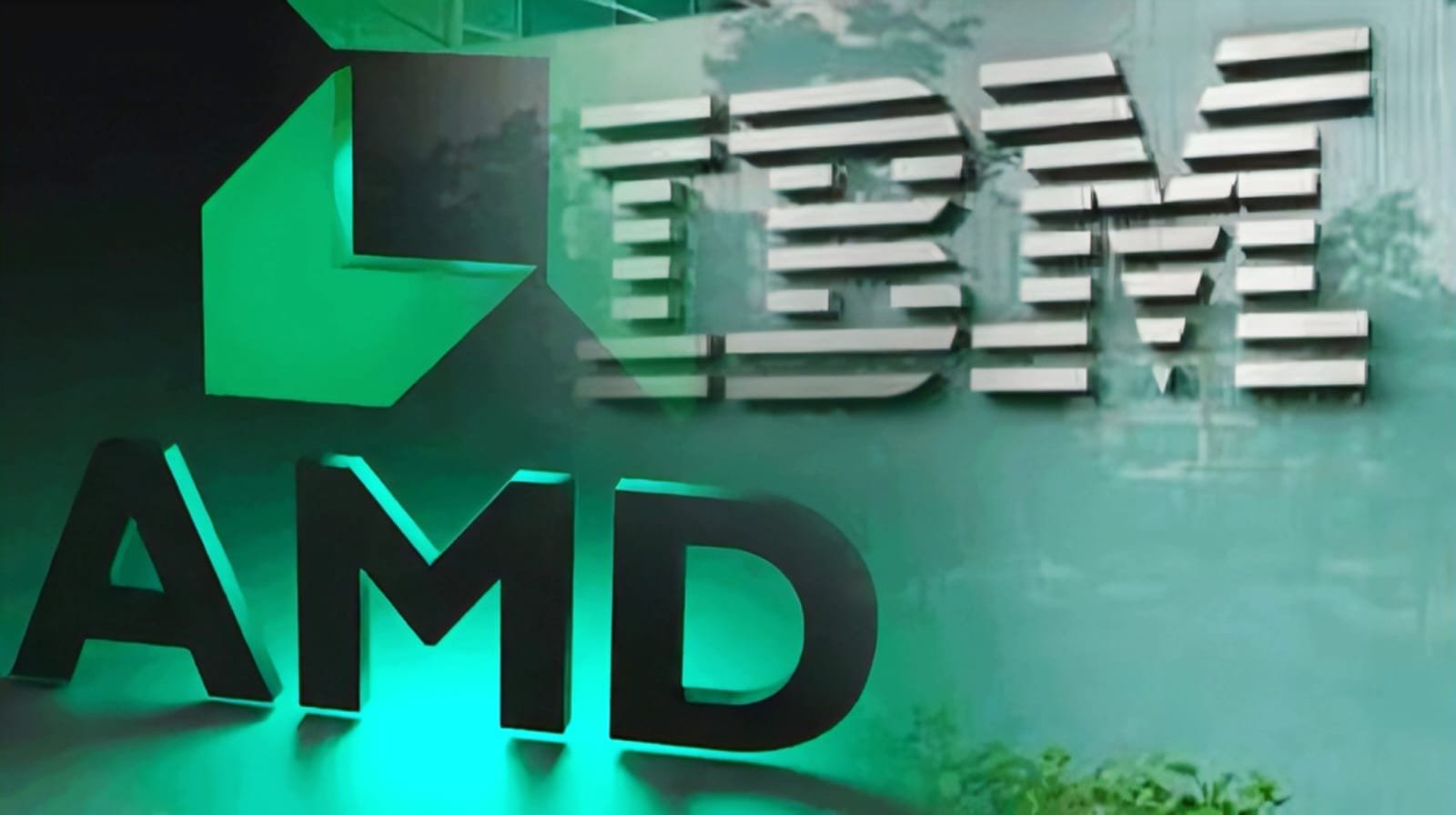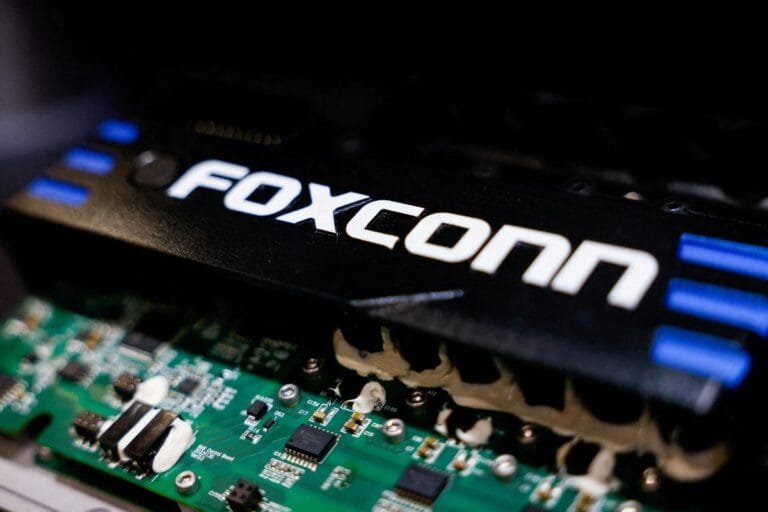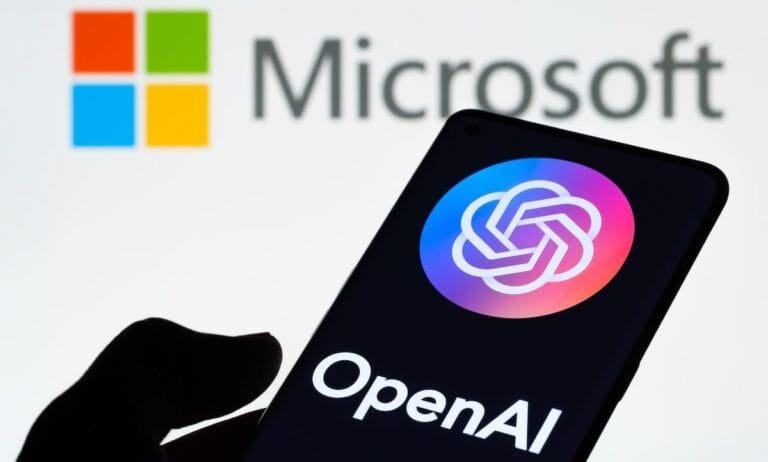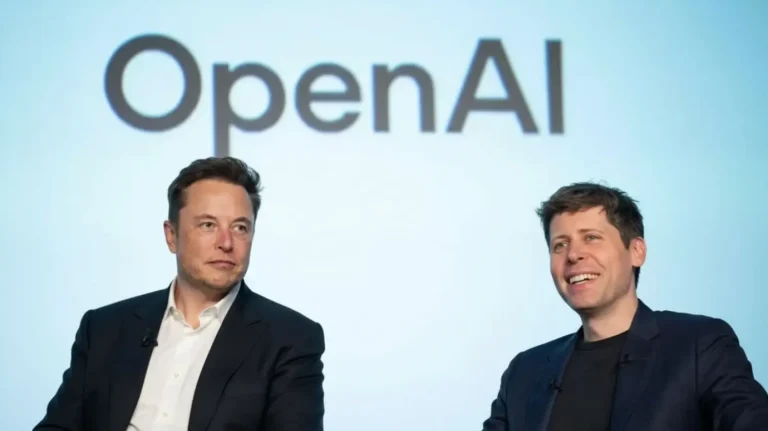
AMD FPGA chip used for IBM’s quantum error correction experiments.
Quantum Computing and Its Challenges
What is quantum computing? Quantum computing is a field that uses qubits instead of traditional binary bits (0 or 1), which can utilize quantum properties such as “superposition” and “entanglement.” Such computers can perform certain calculations much faster than conventional supercomputers—for example, simulating very large matrices or the interactions of atoms. Key Problem: Errors. However, qubits are very sensitive—environmental interference, temperature, electrical noise, etc. can cause them to decoher quickly. This requires them to deal with errors before they can produce useful results. Therefore, cost, operation, and error-management issues still prevent devices from being widely used. Against this backdrop, IBM’s latest development is particularly significant—they’ve stated that their error-correction algorithm can also run on commonly available chips (AMD chips), making use of more accessible hardware rather than “specialized quantum-control hardware.”
IBM’s Announcement and Technical Details
What has been said? IBM has announced that they have demonstrated a “key” quantum error-correction algorithm running in real-time on commonly available AMD field-programmable gate array (FPGA) chips. Their research director, Jay Gambetta, stated that it is “significant” that they have run it 10 times faster than the original requirement. What technical developments have been revealed? This algorithm is specifically designed to identify, characterize, and correct qubit error syndromes. IBM has stated that this work has pushed their “Starling” quantum computer roadmap forward by a year. Importantly, this hardware is running on “ordinary” chips (AMD FPGAs), not specialized quantum-control chips.
This could significantly address the cost issue. Why is this important? If error-correction algorithms begin working on “ordinary hardware,” scaling quantum systems could become easier. This could make a “hybrid classical-quantum” model possible—where classical chips handle quantum control/correction tasks and help the quantum core run error-free. This could give IBM a competitive advantage over other giants like Google and Microsoft.
Strategic, Business, and Global Implications
Strategic Benefits for IBM: IBM itself has set a roadmap that an “acceptable-scale” quantum computer will be ready by 2029. With this announcement, they are taking a concrete step towards that goal. IBM’s message is also that quantum computing will not be limited to the laboratory—but can be commercialized for commercial use. Reducing the hardware burden could speed up development cycles, reduce costs, and increase industry partnerships. Impact on AMD and the chip industry: This is a positive sign for AMD that its chips have been found suitable for “quantum resources”—this could intensify competition with its rival NVIDIA. The “quantum-classical” interface could become a new market in the chip industry—where FPGAs, ASICs, and classical-control chips work with quantum modules.
This means that chipmakers won’t be limited to GPUs/CPUs—they’ll also expand their scope to quantum-enabled hardware. Long-term industry scenario: Such progress indicates that error correction is no longer just a research project, but has become a major obstacle to commercialization and is rapidly being addressed. When error correction becomes sufficient, it will make quantum computing “practical”—that is, usable in fields like banking, chemistry, medicine, materials science, and logistics. This is becoming part of a global tech-superpower race—countries like the US, China, Europe, etc. are actively pursuing quantum superiority and quantum security.
Challenges and Points to Consider on quantum computing challenges
This isn’t a “complete solution.” The fact that the algorithm runs on classical chips doesn’t mean that quantum computers are now available at a fault-free, large-scale scale. Issues such as logical qubits, error rates, and scaling remain. For example, IBM’s blog post states that a “true quantum computer” requires the following six criteria: fault-tolerant, addressable, universal, adaptive, modular, and efficient. Hardware source diversity and AMD’s FPGA have been successful—but it remains to be seen whether this approach will be easily applicable to large-scale quantum systems. The various controls, curving, and cooling (for example, keeping superconducting qubits at a temperature of -0.01 K) required in quantum chips make it challenging to seamlessly integrate them with classical chips. Commercialization Cycle Risk
The prospect of a “one-year-old” completion date for research is encouraging—but actual commercialization requires market acceptance, application development, and security protection. There will also be hurdles such as quality and standardization. If expectations are too high and actual utility is delayed, investors may be deterred.
India and South Asia Relevance
Opportunities for India: Focus on quantum technology has increased in India in the past few years—the government has launched programs like the “Quantum Mission.” This progress could provide impetus to the need to focus on quantum-supporting hardware (such as classical-control chips). The Indian chip industry (e.g., domestic companies, plant development) could consider the “quantum stack” as consisting not only of quantum chips but also of classical-supporting chips and interfaces. It would be beneficial to connect education, development, and research institutions (Indian IITs, IISc, etc.) with such international research advancements. Challenges
India currently lacks quantum holdings, chip manufacturing, substantial financial investment, and expertise—so implementing these global innovations domestically will take time. Applying quantum error-correction algorithms to classical chips will only make sense for India, especially with Indian hardware innovation, indigenous chip design, and the corresponding skills.
What’s Next On quantum computing challenges?
IBM is about to publish a research paper detailing this breakthrough—a sign that technological expansion may soon become commonplace. The next steps to watch include: large-scale experience with this algorithm, the direction of commercialization, and when quantum computers will become “doable.” Other companies may also accelerate in this area—Google, Microsoft, Intel, etc.—thus increasing both competition and momentum. Policymakers will need to pay attention to quantum security, chip exports, global supply chains, and more—especially for countries without strong chip industries.
Conclusion: quantum computing challenges
This announcement by IBM is a significant milestone—it shows that quantum error correction is no longer a laboratory phenomenon, but is now possible on relatively inexpensive and common chips. This represents a major step towards making quantum computing “usable.” However, this is only the beginning; much remains to be done: large-scale qubits, logical qubits, practical applications, security issues, etc. But this breakthrough has lowered the barriers to “quantum-capable hardware.”




